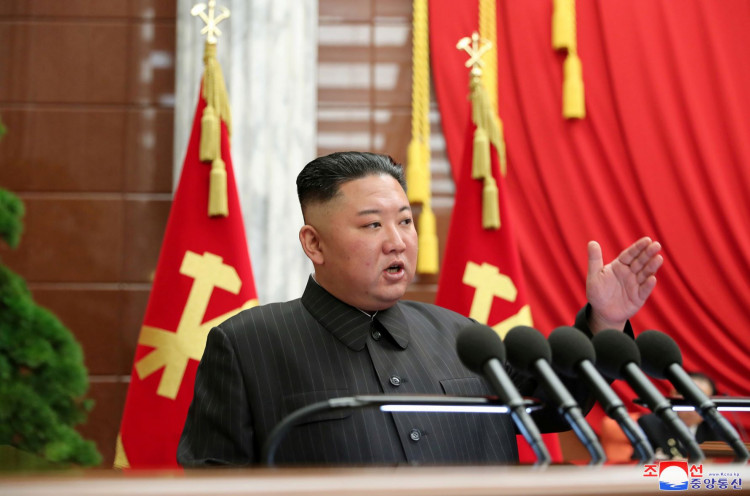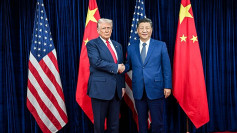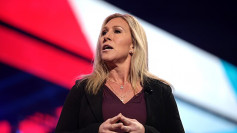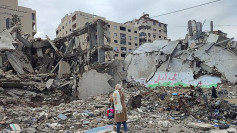On Friday, North Korea declared that it had conducted a test of a new solid-fuel intercontinental ballistic missile (ICBM), the Hwasong-18, with the aim of "radically promoting" the nation's nuclear counterattack capabilities, according to state media.
Kim Jong Un, the country's leader, oversaw the test and warned that it would force adversaries to "experience a clearer security crisis, and constantly strike extreme uneasiness and horror into them by taking fatal and offensive counter-actions until they abandon their senseless thinking and reckless acts." North Korea has recently increased its weapons tests, accusing recent U.S.-South Korean joint military exercises of exacerbating tensions.
South Korea's defense ministry stated that North Korea was still developing the weapon and needed additional time and effort to perfect the technology, suggesting that Pyongyang might conduct further tests.
North Korean state media outlet KCNA published images of Kim observing the launch, accompanied by his wife, sister, and daughter, as well as the missile, concealed beneath camouflage nets on a mobile launcher. KCNA reported, "The development of the new-type ICBM Hwasongpho-18 will extensively reform the strategic deterrence components of the DPRK, radically promote the effectiveness of its nuclear counterattack posture and bring about a change in the practicality of its offensive military strategy."
Analysts have identified this as North Korea's first instance of using solid propellants in an intermediate-range or intercontinental ballistic missile. The development of a solid-fuel ICBM has long been considered a crucial objective for North Korea, as it could expedite missile deployment during a conflict.
North Korea's largest ballistic missiles predominantly utilize liquid fuel, which necessitates propellant loading at the launch site, a process that is both time-consuming and hazardous. Ankit Panda, a senior fellow at the U.S.-based Carnegie Endowment for International Peace, said, "For any country that operates large-scale, missile-based nuclear forces, solid-propellant missiles are incredibly desirable capability because they don't need to be fueled immediately prior to use." He added that "these capabilities are much more responsive in a time of crisis."
Vann Van Diepen, a former U.S. government weapons expert now affiliated with the 38 North project, stated that solid-fuel missiles are simpler and safer to operate, requiring less logistical support, which makes them more difficult to detect and more resilient than liquid-fuel missiles.
In February, North Korea first displayed what could be a new solid-fuel ICBM during a military parade, after testing a high-thrust solid-fuel engine in December.
Analysts believe that the U.S. can differentiate between solid- and liquid-fueled launches using early warning satellites that can detect variations in the infrared data produced by different missile types.
The recent launch followed Kim's call for bolstering war deterrence in a "more practical and offensive" manner to counter what North Korea perceives as U.S. aggression.
Officials reported that the missile, launched from near Pyongyang, traveled approximately 1,000 km (620 miles) before landing in waters east of North Korea, posing no threats to neighboring countries.
A South Korean military official stated that the missile's maximum altitude was lower than 6,000 km, the apogee of some of last year's record-breaking tests. Kim Dong-yup, a professor at the University of North Korean Studies, said, "As it was a test that did not demonstrate its normal flight pattern, North Korea will likely conduct some more tests."






